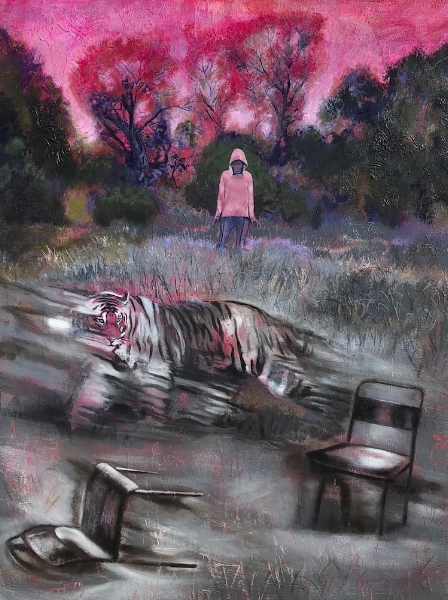Many of us have witnessed the rise of computers and the internet, cell phones, and social media. With these new forms of communication, it is very easy to spread all kinds of ideas and beliefs. As the world these days seems so overwhelmed by hate, racism, war, and violence, I think it is my responsibility to spread peace.
For a few years around the turn of the millennium, I refused to own a cell phone. Now it’s like an appendage to my body. I was in graduate school and remember signing up for Facebook when it was limited to university student profiles. It’s obviously a different beast now, and today social media has an ambiguous effect on our daily lives with its unique cultural currency of humankind.
It reflects the human condition, some users taking it to the extreme, posting about every banal daily event, or even planning their vacations around what pictures would look best on Instagram. This contemplation conjures up feelings of isolation and loneliness – some of which I’ve expressed in my series One Hundred Years Of Solitude.
But the social media effect goes on. We’re able to follow people we admire, like athletes, artists, and other celebrities. These people have tons of followers and thus tons of influence in the ideas they disseminate. We can like their posts and even comment on them, giving a false feeling that we’re actually connected and involved in their lives.
Most of these people we will never meet face to face, yet social media makes it so easy to judge our own lives against theirs. We also follow and friend regular people we’ve never met. We see their posts and interact with them via likes, comments, and emojis. They might as well be imaginary, as real as Odysseus or Homer Simpson.
It’s a blurry illusion. An ungraspable haze. And that’s the ever-increasing feeling of being plugged in, connected to the machines. And so it calls on many philosophical questions – what is real? Are these social media connections real people? Who really exists? Do I exist to you? Or does the imagination, and our resulting feelings, encompass everything that is, was, and will ever be?
Even so, the imagination and feelings are as real as anything can be. So are ideas. And so is peace. So in this mysterious world of ones and zeroes, by creating something tangible, it helps me make sense of the intangible. In doing so, it is my mission to contribute peace to the world.









